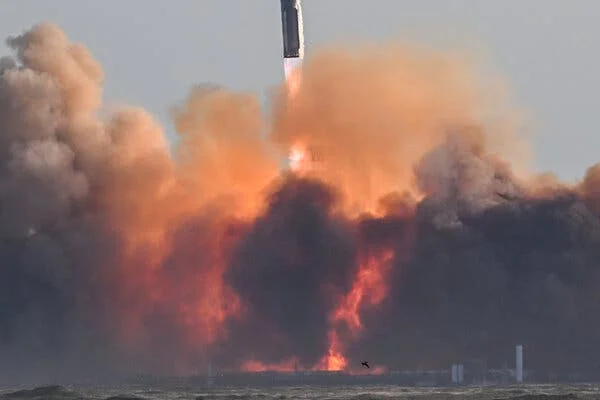
SpaceX’s Sonic Boom Symphony: Can We Tune the Rocket’s Roar?
The increasing frequency of rocket launches, particularly those by SpaceX, has transformed what were once occasional spectacles into a potential source of noise pollution. Beyond the familiar roar of liftoff, the sonic booms generated by returning rocket boosters are shaking windows, rattling foundations, and awakening communities. Now, scientists are racing to understand these sonic phenomena and mitigate their impact.
Kent Gee, a physics and astronomy professor at Brigham Young University, is at the forefront of this research. He and his team are meticulously studying the sounds of spaceflight, focusing on SpaceX's Falcon 9 and the behemoth Starship. "There is a gap in the science," Gee explains. "We don’t know what people actually find acceptable."

One intriguing discovery is the unique "boom buh-boom" sonic signature of the Falcon 9, contrasting with the typical "boom-boom" of supersonic jets. Furthermore, the team has observed that not all launches sound the same, even when originating from the same location. Topography and weather conditions significantly influence the sound propagation, with uneven terrain focusing sound waves into specific areas. "During winter, we’re finding that it shifts up closer to Santa Barbara," Gee notes, referring to launches from Vandenberg Space Force Base in California.
Specifically addressing sonic booms in coastal California, Gee details; 'Since we're often setting up in people's backyard, they text us the results of what they heard. It's fantastic citizen science. They'll tell us the difference is that the walls shake but the floors don't. They're starting to be able to tell the difference between an earthquake or a sonic boom from a launch.'
With SpaceX receiving approval for increased Starship launches from its Starbase site in Texas, and plans for even more from Florida, the need for understanding and mitigating sonic booms is critical. The city of Cape Canaveral has already begun monitoring sound levels, vibrations, and air quality during launches to establish a baseline for future comparisons with Starship.

Gee's research is crucial not just for understanding the physics of rocket noise but also for shaping future regulations and minimizing the disruption to communities near launch sites. He emphasizes, "We’re here to provide data and comparisons, and I feel like that helps to create a conversation."
Ultimately, the goal is to find a balance between space exploration and community well-being. Can we fine-tune rocket trajectories, adjust launch schedules, or even design quieter rockets? What do you think? Share your thoughts in the comments below.